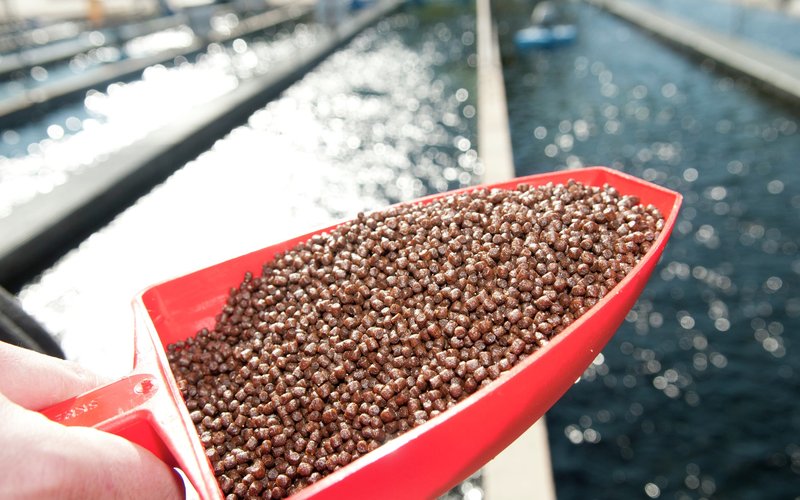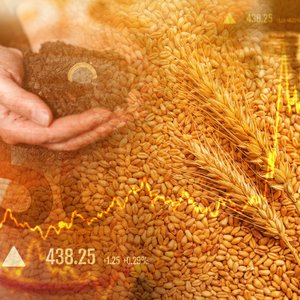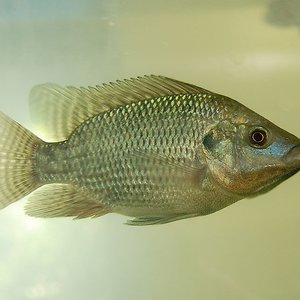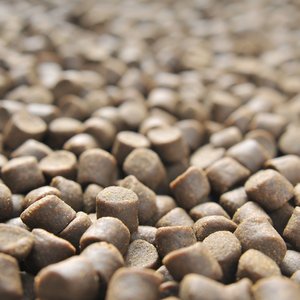Selko, Nutreco’s feed additive brand, is sharing findings from its 2024 Global Mycotoxin Review. Analysis of more than 86,000 samples from 47 countries - including grains, byproducts, protein meals, silages and TMRs - offers insights into the presence and concentrations of key mycotoxins known to adversely affect livestock animals. The review also outlines potential mycotoxin risks for animals in 2025. A recorded webinar from the review and outlook is available here.
Global mycotoxin contamination in 2024
The mycotoxin data on raw materials and complete feed samples available in Trouw Nutrition’s Global Database was used to prepare the 2024 Global Mycotoxin Review. The report focused on “Big 6” mycotoxins, Deoxynivalenol (DON), T-2/HT-2 Toxin (T2HT2), zearalenone (ZEA), fumonisins (FUM), aflatoxin (AFLA), and ochratoxins (OCHRA), as these are often analyzed at feed mills using rapid analytical tools and extensive research is available on their adverse effects in animals.
Globally, ZEA was the mycotoxin most detected in 2024 samples, with 66% of samples showing a detectable level. Additionally, DON (58%), FUM (54%), and T2HT2 (56%) were found in more than half the samples tested. DON and FUM had the highest average concentrations as well as the highest median concentrations (Fig. 1).
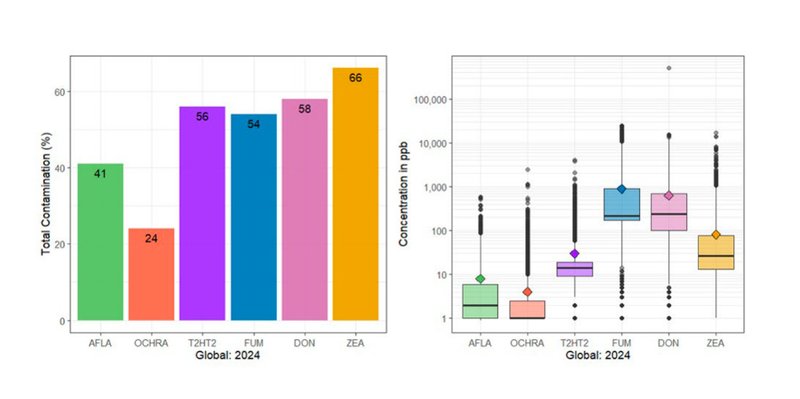
Figure 1. Global mycotoxin contamination picture in 2024 (entire dataset). Credits: Selko
Maize, wheat, and barley are the most common grains used in global animal diets. Figure 2 indicates that Fusarium mycotoxin contamination is more common in these grains than AFLA and OCHRA. T2HT2, DON and ZEA contamination is quite high across all the grains (>40%) while FUM contamination is lower in wheat and barley. This may explain the varying concentrations of FUM in animal feeds across the world based on the grain composition. As expected, mycotoxin contamination was higher in grain byproducts than in their parent grains (data not shown). In protein meals, soybean meal saw the highest levels of contamination from ZEA and T2HT2.
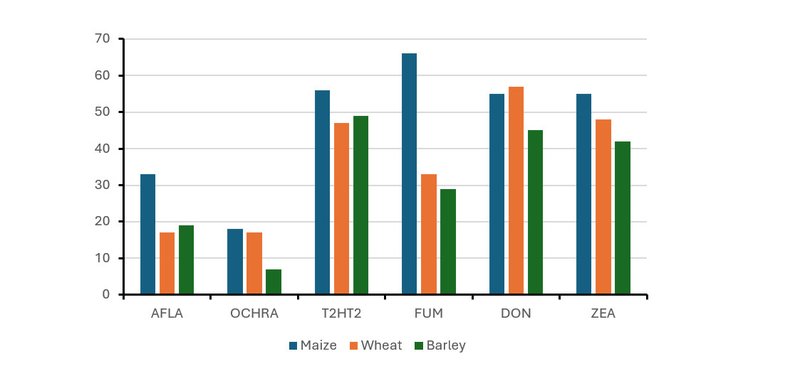
Figure 2. 2024 mycotoxin contamination in grains (global data). Credits: Selko
Regional mycotoxin contamination in 2024
Regionally, AFLA (50%) and ZEA (46%) were the major contaminants in the Middle East and Africa samples while in Asia more than 50% of the samples were contaminated with AFLA, OCHRA, FUM and ZEA. Contrary to Asia, T2HT2 and DON were detected in more than 40% of European samples along with ZEA and FUM. In Latin America, more than 40% of all the samples tested contained five of the “Big 6” mycotoxins, excluding T2HT2. In North America, except for AFLA, all other mycotoxins were detected in more than 90% of samples tested.
“Feed mills today, more often than before, are depending not only on their own country's raw materials but on those imported from other countries, such as the USA, where the mycotoxin challenge is different from the country of feed production,” said Swamy Haladi, technical commercial manager for Selko’s Mycotoxin Risk Management Program.
Mycotoxin risk in animals
Mycotoxin risk in animals was measured based on the percentage of feeds that posed some level of toxicity in respective animal species. FUM & AFLA risk was higher for both broiler and layer chickens. However, DON and T2HT2 risk was higher for broilers and layers, respectively. Piglets and sow feed samples, as expected, showed a higher risk for ZEA, FUM and DON. For grower/finisher pigs, AFLA also posed a significant risk in addition to ZEA and DON. Interestingly, more grower/finisher feeds fell into high mycotoxin risk as compared to sow feeds and hence more attention is needed when formulating diets for that production phase. Due to the impact of AFLA on milk quality, more dairy concentrate samples showed risk for AFLA followed by DON and ZEA.
Predictive modelling forecasts for Q1 2025 mycotoxins
Data on mycotoxin presence and trends is helping bring a more proactive approach to mitigation strategies. A series of models can help predict the potential of mycotoxin contamination in an upcoming crop. Forecasting models aim to support informed decisions on crop management and ingredient harvesting and storage. Dr. Haladi noted that proactively assessing the situation may be more effective and less costly than a response strategy.
Avinash Bhat, technical specialist for Mycotoxin Analysis at Selko, discussed Trouw Nutrition’s statistical model that suggests potential mycotoxin concerns for 2025. Forecasting models currently in use consider factors such as weather and growing conditions, simulated crop development and environmental conditions, historical data on contamination and environmental factors, and machine learning algorithms. His presentation noted that Trouw Nutrition’s statistical model showed the potential for significant levels of FUM, DON, ZEA, and T2 toxins in Q1 2025.
Remarking on the review and predictions for Q1, Haladi stated that “between 24% and 66% of samples analyzed in our 2024 global mycotoxin analysis were contaminated with mycotoxins. As conditions affecting crops, storage, and feed mills are constantly fluctuating, accurate data, modeling and proactive mitigation strategies can help manage mycotoxin risk.”
Practical steps that nutritionists can take to help protect animals from mycotoxins include the application of liquid mold inhibitors in silos and mycotoxin mitigation agents in feeds. Such mycotoxin mitigation agents should incorporate multiple modes of action as binding alone is not efficient against all the mycotoxins.


